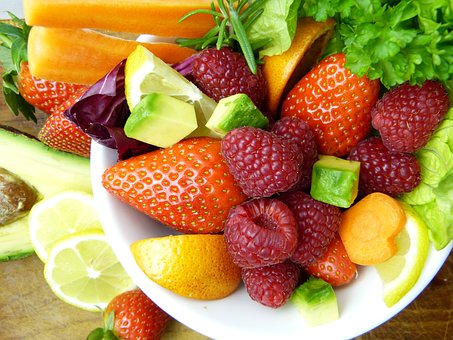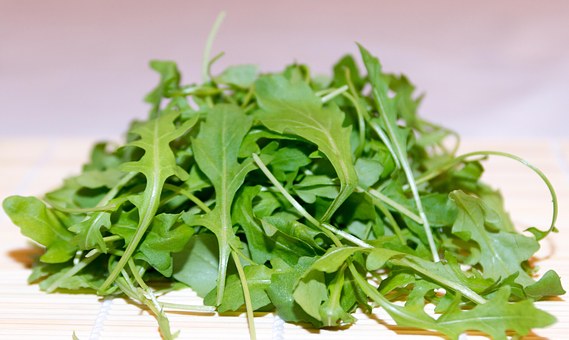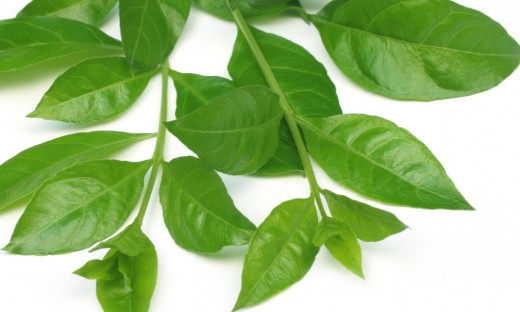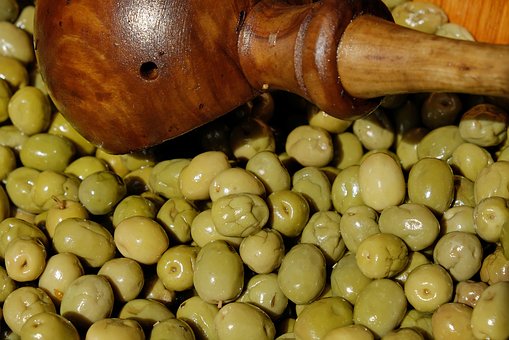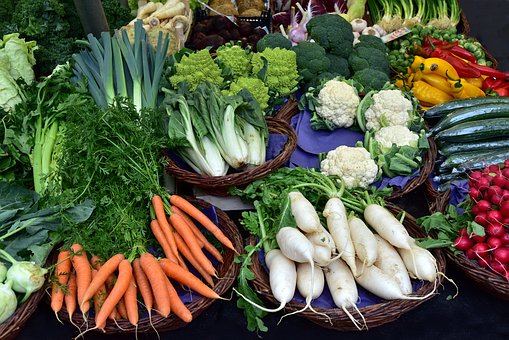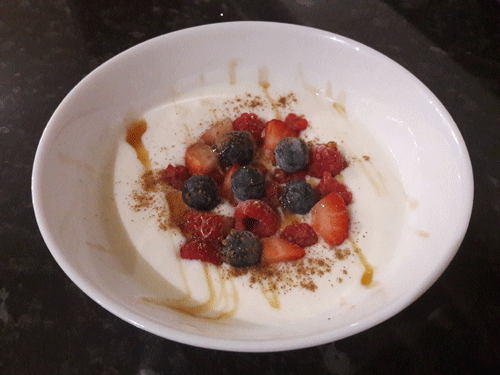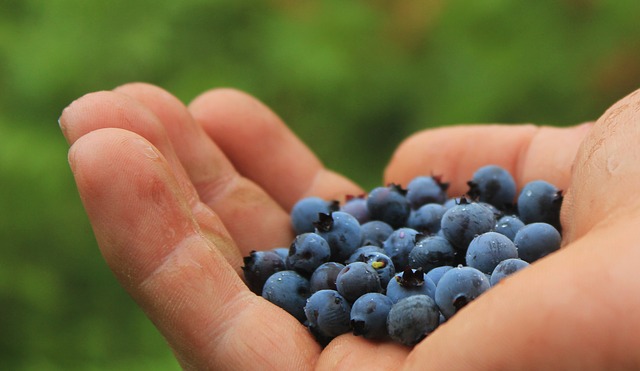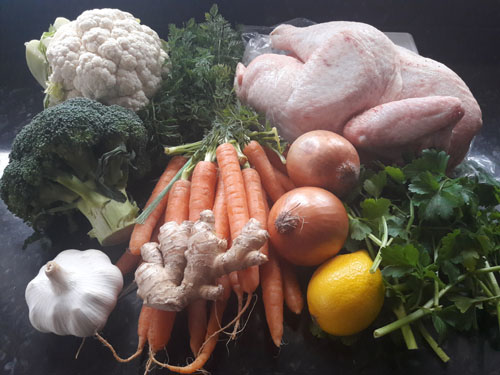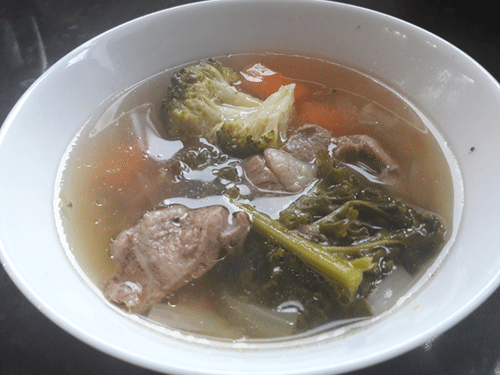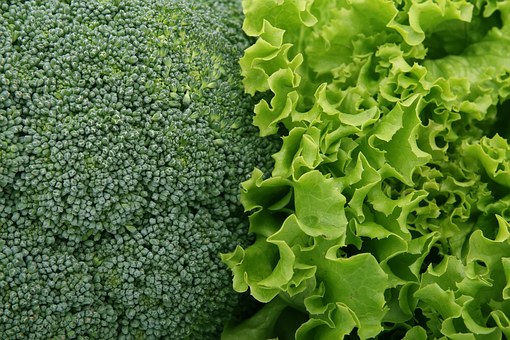Copy Link
Email
Print

Vitamin C is water-soluble, and probably the most famous of all the vitamins. Even before its discovery in 1932, physicians recognised that there must be a compound in citrus fruits preventing scurvy, a disease that killed as many as 2 million sailors between 1500 and 1800. Later researchers discovered that man, other primates and the guinea pig depend on external sources to cover their Vitamin C requirements. Most other animals are able to synthesise Vitamin C from glucose and galactose in their body. The most prominent role of Vitamin C is its immune stimulating effect, which is important for the defence against infections such as common colds. It also acts as an inhibitor of histamine, a compound that is released during allergic reactions. As a powerful antioxidant it can neutralise harmful free radicals and aids in neutralising pollutants and toxins.
Zanon-Moreno V, Ciancotti-Olivares L, Asencio J, Sanz P, Ortega-Azorin C, Pinazo-Duran MD, Corella D. Association between a SLC23A2 gene variation, plasma Vitamin C levels, and risk of glaucoma in a Mediterranean population. 1. Mol Vis. 2011;17:2997-3004. Epub 2011 Nov 17.
Zanon-Moreno V, Ciancotti-Olivares L, Asencio J, Sanz P, Ortega-Azorin C, Pinazo-Duran MD, Corella D. Association between a SLC23A2 gene variation, plasma Vitamin C levels, and risk of glaucoma in a Mediterranean population. 1. Mol Vis. 2011;17:2997-3004. Epub 2011 Nov 17.
PURPOSE: Several dietary factors have been associated with glaucoma. Among them, dietary antioxidant intake (i.e., Vitamin C and vitamin A) in association with glaucoma has been analyzed, but with mixed results. Genetic factors may play a role in modulating the effect of dietary antioxidant intake on glaucoma; however, nutrigenetic studies in this field are scarce. Our aim was to study the association between selected polymorphisms in key proteins related to Vitamin C and Vitamin A concentrations and primary open-angle glaucoma (POAG). METHODS: We performed a case-control study matched for age, sex, and bodyweight. We recruited 300 subjects (150 POAG cases and 150 controls) from a Mediterranean population and determined the plasma concentrations of Vitamin C and Vitamin A for each subject. We selected the following single-nucleotide polymorphisms (SNPs) in genes related to Vitamin A and Vitamin C concentrations: rs176990 and rs190910 in the retinol-binding protein 1 (RBP1) gene; and rs10063949 and rs1279683 in the Na?-dependent L-ascorbic acid transporters 1 and 2, respectively (encoded by the SLC23A1 and SLC23A2 genes). RESULTS: We found a statistically significant association between the rs1279386 (A>G) SNP in SLC23A2 and POAG risk. In the crude analysis, homozygous subjects for the G allele (GG subjects) had higher risk of POAG than other genotypes (OR: 1.67; 95% CI: 1.03-2.71). This association remained statistically significant (p=0.010) after multivariate adjustment for potential confounders. We also found that POAG patients had lower plasma Vitamin C concentrations than control subjects (9.9?1.7 ?g/ml versus 11.7?1.8 ?g/ml, p<0.001). Moreover, we consistently detected a significant association between the rs1279386 SNP in SLC23A2 and plasma Vitamin C concentrations: GG subjects had significantly lower plasma Vitamin C concentrations than the other genotypes (9.0?1.4 ?g/ml versus 10.5?1.6 ?g/ml, p<0.001 in POAG cases and 10.9?1.6 ?g/ml versus 12.1?1.8 ?g/ml, p<0.001 in controls). The rs10063949 SNP in SLC23A1 was not associated with either plasma Vitamin C concentrations or POAG risk. Similarly, SNPs in RBP1 were not associated with Vitamin A concentrations or POAG risk. CONCLUSIONS: The rs1279683 SNP in SLC23A2 was significantly associated with lower plasma concentrations of Vitamin C and with higher risk of POAG in GG subjects.
Link to this article: Show: HTML Link • Full Link • Short Link
Share or Bookmark this page: You will need to have an account with the selected service in order to post links or bookmark this page.





|
Related Articles:
- Low Vitamin A and C Levels Associated with Increased Asthma Risk
- Top Tips to Beat Stress
- Vitamin C Protects Against Gout
- Nutrients and Superfoods for Healthy Skin
- Grapefruit Can Promote Healthy Gums
- Goji Berries: A Great Superfood
- Book: Curing the Incurable: Vitamin C, Infectious Diseases, and Toxins - Thomas E Levy
- Higher Plasma Vitamin C Levels Reduce Risk Of Developing Type 2 Diabetes
- What Foods Are Good For Your Eyesight?
- Dr Linus Pauling, Vitamin C Infusions and Cancer
You must be registered and logged in to comment.
Most Popular
Latest Articles
Popular Subjects
Health, fitness and longevity
Based upon the principles of health
in the Qur'an and Prophetic Traditions.
HealthyMuslim.Com
There are two bounties in which
most people lose out: good health
and free time. Al-Bukhari.
The information on this site is provided for educational purposes only. It is not intended as a substitute for professional advice of any kind.





